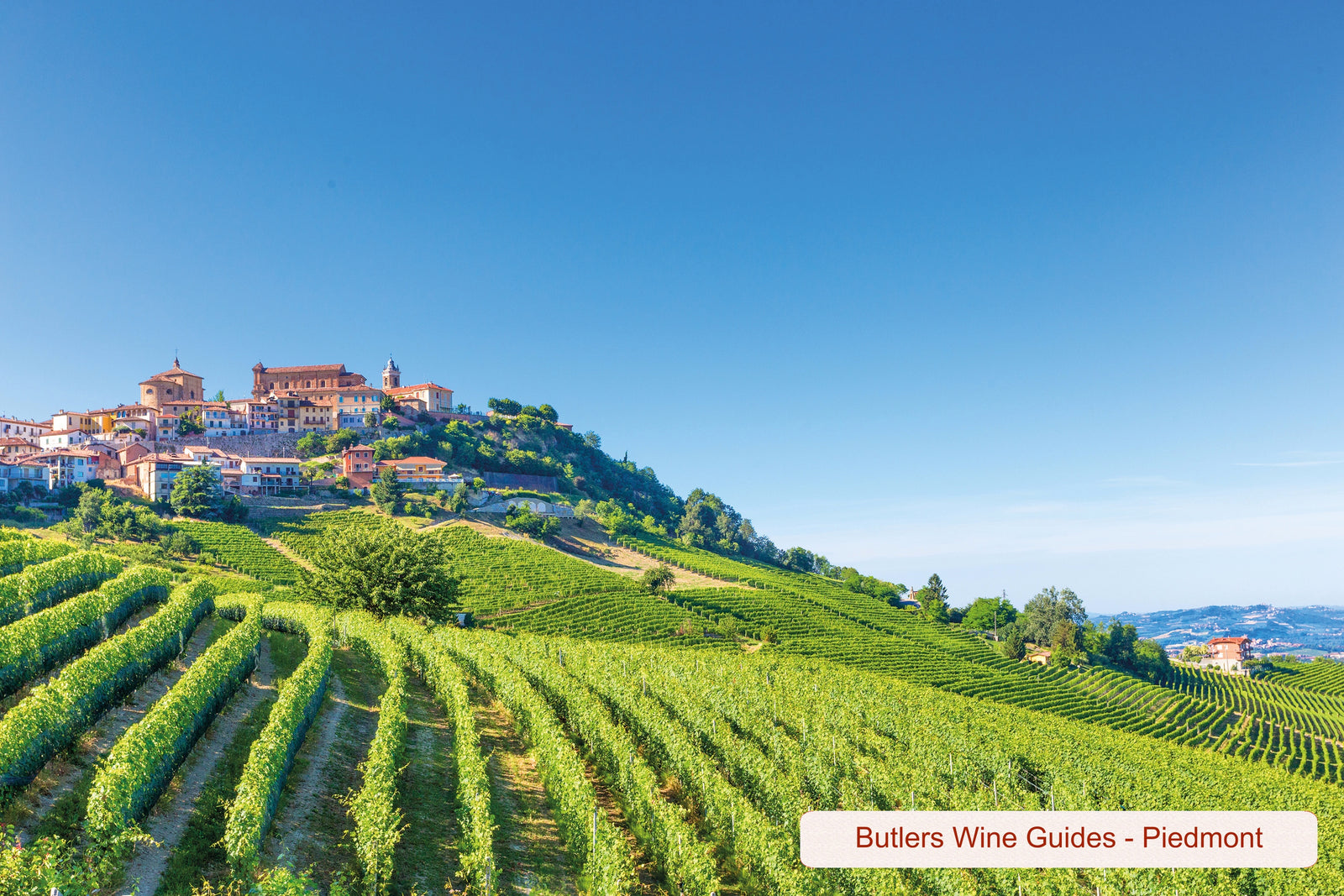
Piedmont
The Region of Piedmont in north west Italy is a region that has equally impressive wine and food. They are both strong, rich and Autumnal. On the wine front there is Barolo and Barbaresco and on the food side there are truffles, both of these elements add to a high quality restaurant scene.
Piedimonte translates to the "foot of the mountains", the mountain range this refers to is the Alps. The Alps almost encircle the region, due to this the region has its own climate, it has very hot summers with misty autumns and very cold winters.

For this wine guide we are going to focus on Barolo, Barbaresco, Dolcetto and Barbera. As Piedmont grows a wider range of varieties than any other classic region in Italy, it would take a few blog posts to cover the whole of the area. If you are looking for something different from the region then try the red grape Freisa and the sparkling sensation that is Brachetto d'Acqui, these two are well worth hunting out.
Barolo and Barbaresco are the names of villages, the wines that come from around these villages is named after them, both are made from the Nebbiolo grape. Nebbiolo is grown throughout the north western part of Italy but has its best expression coming from the Langhe hills around Alba, to the west is Barolo and to the East is Barbaresco. The finest wines in the region face with a southern tilt and are on the tallest ridges, this elevation raises the vines above the autumn fog to avoid rot and help to produce riper fruit from the sun exposure.
Originally Nebbiolo was produced as a sweet wine, this changed in 1850 when a French oenologist was recruited by a landowner in Barolo to create a new dry style. The style then became about picking late with a long extraction of the grapes which lead to rich and jammy styles of red wine. In the 1980's there was a change again, it started to resemble a style used in Burgundy because of earlier picking, shorter maceration and controlled ferments in stainless steel. The result is wines that are still high in body and tannin, they also require ageing. However the wines have acidity and freshness that was lacking from the wines of the past. This movement was lead by wineries as such.
Looking at the area of Barolo on its own, its actually been separated into burgundy esque crus. These areas are associated with the nearest town, there are a few worth looking out for and that make up the majority of the Barolo, La Morra ( picture shown in the header for this article, a famous hillside town ), Castiglione Falletto, Monteforte d'Alba and Serralunga. All though there is a clear style as I outlined before, there are stylistic differences with each of the zones and vineyards. The town all have different soils and aspects which will change the ability to ripen the grapes and the flavours connected to the terroir. For example La Morra is known for its Tortonion soil which creates perfumed and lighter styles while Serralunga is known for Sant'Agata fossil soil which creates more powerful and tannic wines.
These areas all fall into a DOCG , a legal category to distinguish top wines with ageing and yield requirements. For Barolo the yields are very low to keep the quality of the fruit high, and the wine must be aged for 38 months, minimum 18 months in oak, making this Italy's most comprehensive region for rules and regulations. This is an incredibly complex region and has a very different history to other regions.

This map shows Barolo in the centre with Barbaresco to the north east, if you kept heading that way you would get to Asti within 20 miles. Dogliani region further south is home to the Dolcetto grape which we will talk about later.
Barbaresco can be a great alternative to Barolo, it doesn't have the same prestige that the name carries but it does have a long history of fantastic wines that are made from the same grape variety. There are so many iconic producers to this region, the first being Cantina di Produttori Barbaresco, a co-operative, who were said to be the first to be the first to put the town on the label. Until the 1960's it lived in the shadow of Barolo until Giovanni Gaja demonstrated the full potential of the wine to the royal court in Turin. Gaja is now one of the most famous producers and their wines are very sought after and can reach well into the thousands of pounds for iconic past vintages.
The production area for Barbaresco is a third of Barolo but has been increasing in recent years. Originally the area shared its vineyards equally with other grape varieties, post the second world Nebbiolo was able to solidify its position as the key grape.
Next we move on to the grape known as Dolcetto, it is found all over Piedmont but is extensively grown in the north it also has a home just south of Barolo. It's an early ripening grape that will often be ready 4 weeks before Nebbiolo. The style of wines are soft and luscious, with lots of ripe jammy fruit and liquorice, these wines are meant to be drunk within a few years. Often the top producers in Barolo and Barbaresco will produce Dolcetto to have a product that is easily marketed and less vintage dependent than Nebbiolo, this leads to a stable income from these wines. For the consumer like us, this means we get drinkable and affordable wines year in year that are produced to a very high standard. Within Piedmont there are 7 DOC's that this grape will be followed by on the label, Dolcetto d'Alba, Asti and Dogliani are the most significant.
Barbera is grown all over northern Italy with the area under vine at 20'000 hectares in 2010, it ripens somewhere in-between the aforementioned 2 grapes. What makes Barbara so versatile is its high acidity , this has made it popular in hot climates outside of Italy, like Australia. There are very affordable and great examples of this grape in Piedmont that will have towns follow the grape, Barbara d'Alba for example.
Picking wines from this region is a very tough job, there Is so much going on here with each producer having there own style, these aren't grapes that are easily comparable and aren't grown extensively outside of even Piedmont.
Here are some wines I think you should try to get a grasp on Piedmont.
Damilano Barolo DOCG Lecinquevigne 2013
Of course there has to be a Barolo on this list, this is the one I've chosen. This producer follows a combination of modern winemaking techniques and historically top sites and Cru's in Barolo. They focus on the quality of the grapes and showcasing what they believe to be the terroir of the region.
The wine is intense and engaging. Aromas of rose and leather, delicate but rich. The new classic style of Nebbiolo.
A wine that would be a great addition to any cellar, the ageing potential on this wine is massive.
Dolcetto, Dogliani San Luigi Pecchenino 2018
The family-run Pecchenino Wine Estate has been making wine on their parcel of land in the Dogliani since the 1700’s, and current generation and winemaker Orlando Pecchenino continues the family tradition of crafting superior Dolcettos. Aged for 12 months stainless steel, the wine also sees an additional six months of ageing in the bottle. It is well structured and complex with layers of rich black fruit and cassis threaded with a seam of spice. A Brilliant option for under £20.
G.D. Vajra Barbera D'Alba 2017
A winery with a vision that focuses on the land and the vines, they believe the wines are made in the vineyards.
The grapes were grown in six different vineyards from three different areas. Four vineyards are in Barolo, on chalky, Tortonian soils, facing either south-east or south-west, with vines planted between 1968 and 2004. The chalky soil results in delicately aromatic wines, with high acidity and red berry characters.
A violet red colour alludes to the sweet dark fruits, giving this wine a refined elegance. Powerful and rich on the nose, it is concentrated and smooth: rich and fruity while leaving room for hay, tobacco and spices. On the palate, black fruits are layered with mineral graphite notes.
Thank you for reading,
Enjoy drinking some great wines from Piedmont.
Written by Dan Orton

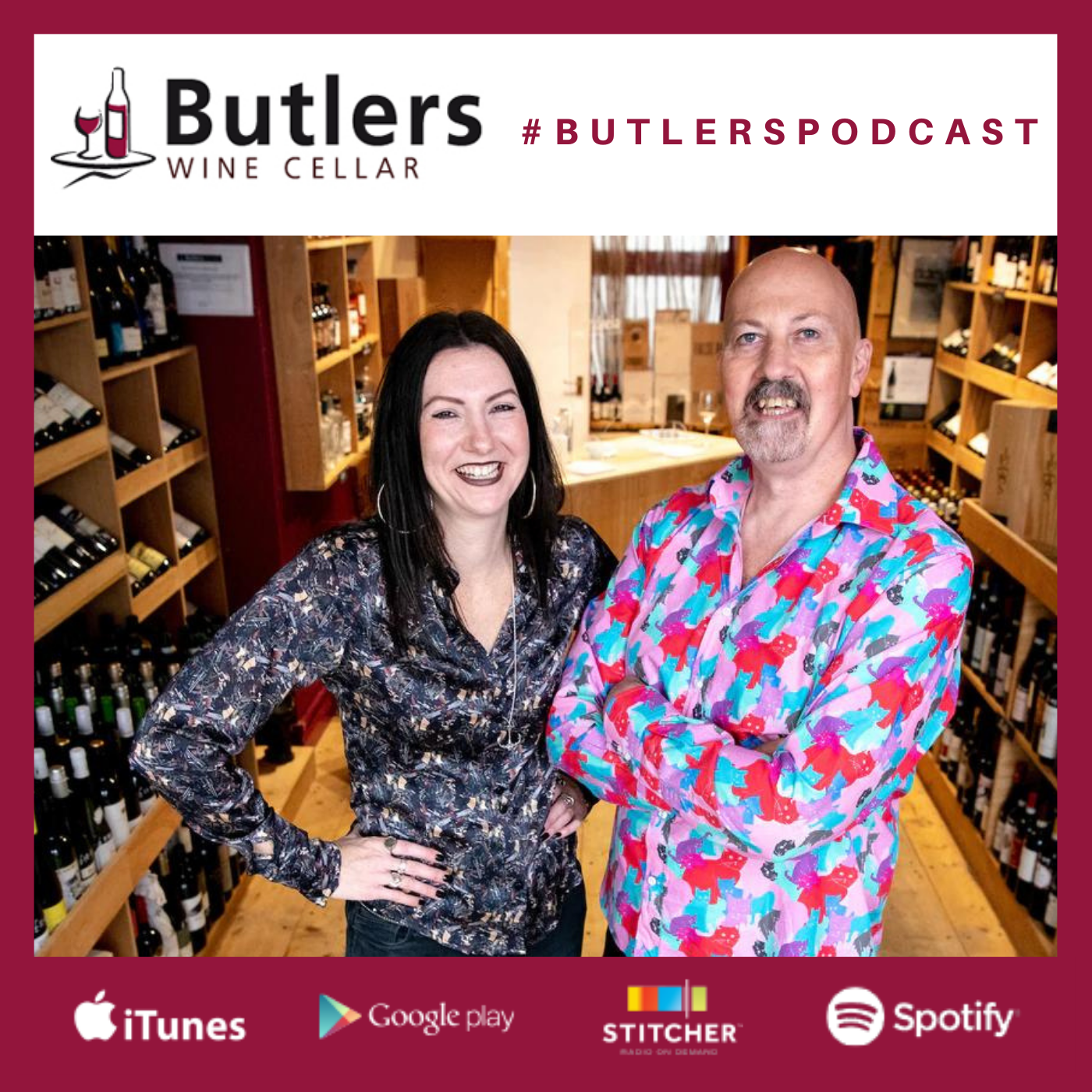
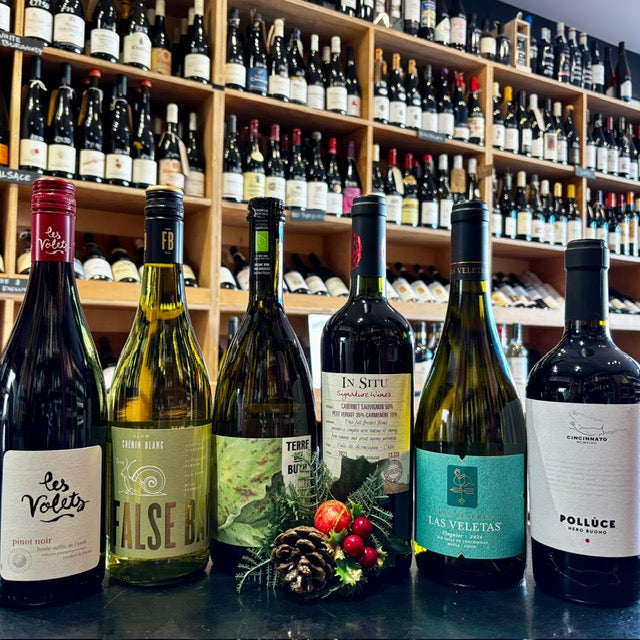
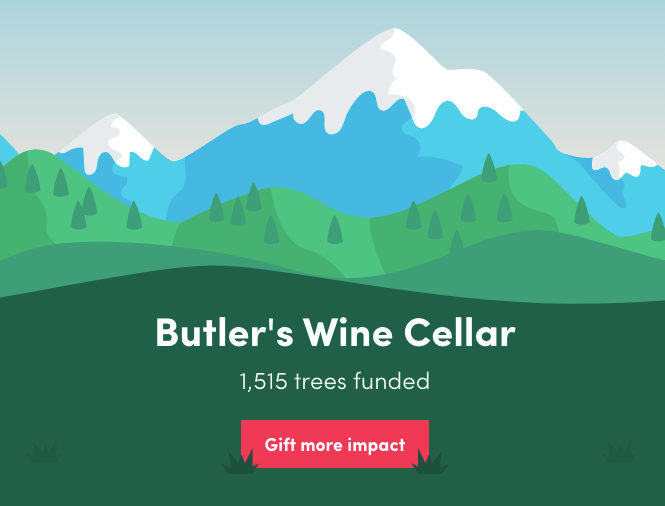

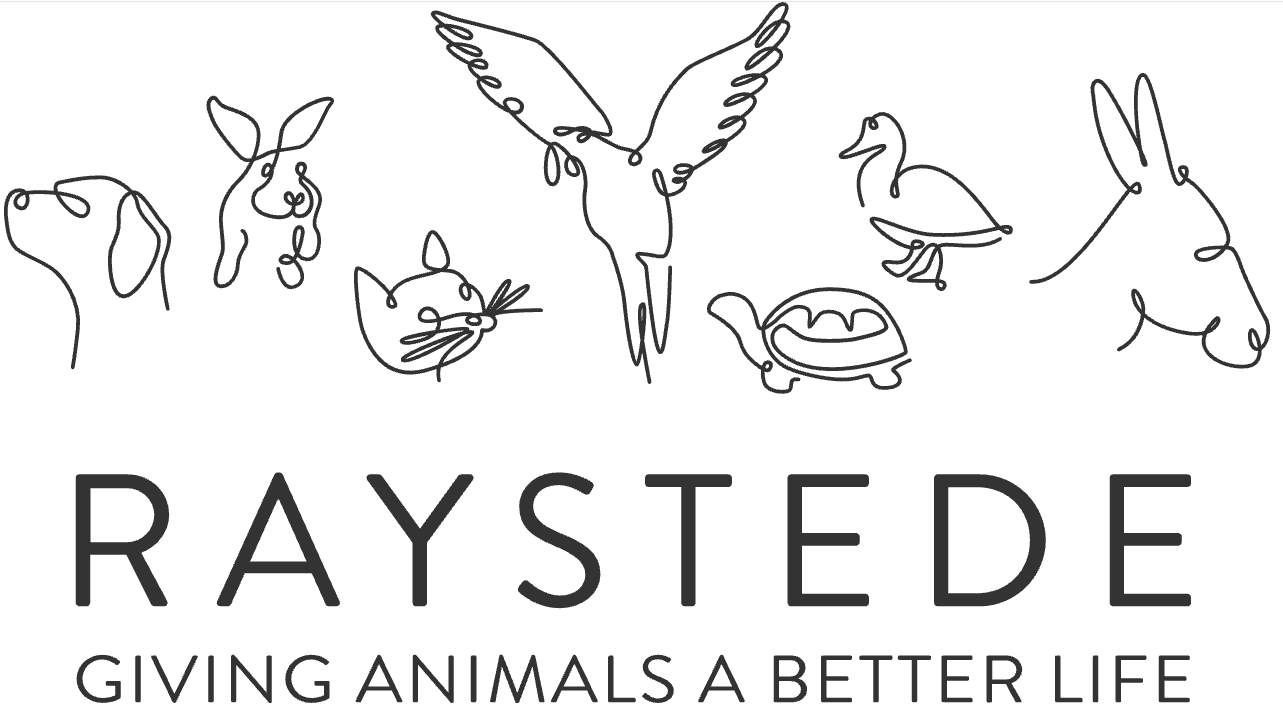
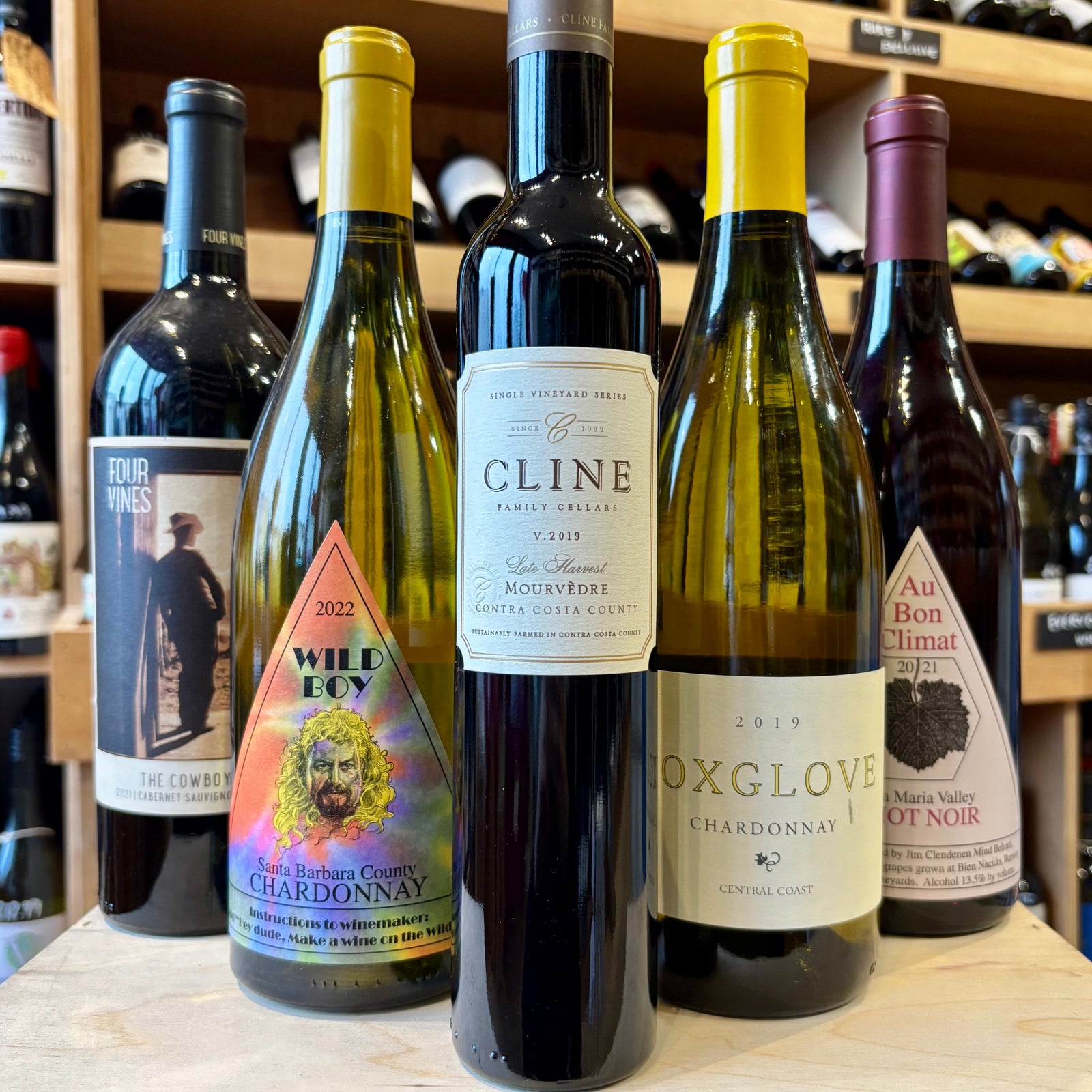
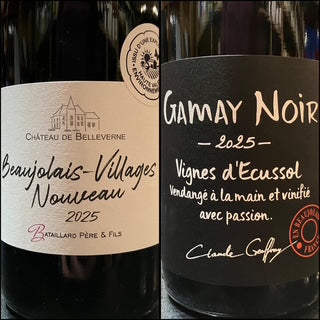
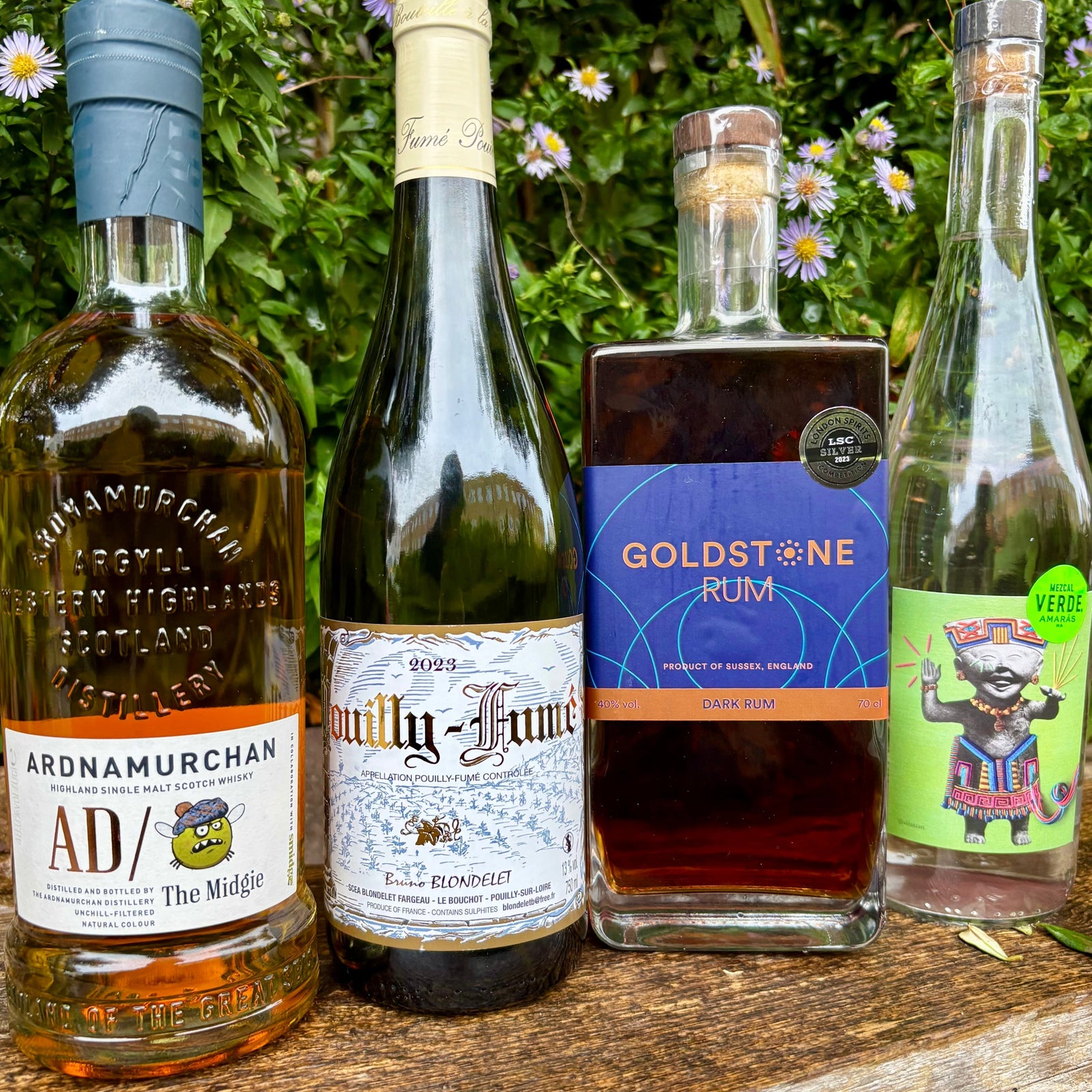
Leave a comment (all fields required)